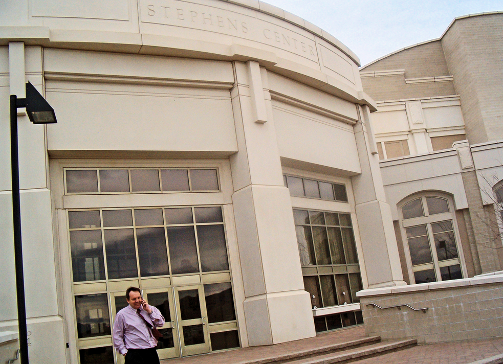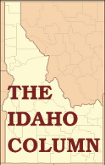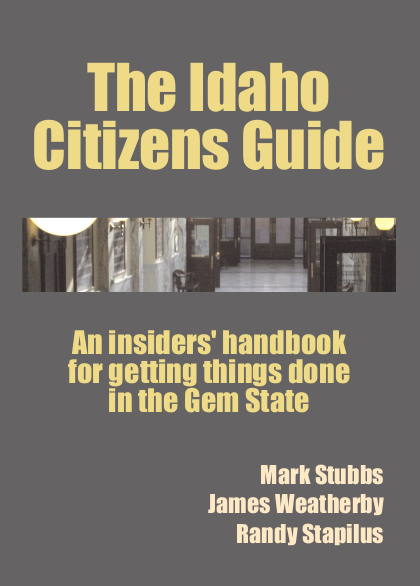Idaho’s glory is its outdoors and the living things in it. The ways Idahoans relate to that world have long helped drive its politics, and over time in various ways. Those ways could be the process of changing again.
One big change occurred in the sixties and seventies with the rise of environmental activism, which had an effect on how people could use the open lands, and drew some sharp, and changing, political lines. For a time those trends helped elect conservation-minded officials (think Cecil Andrus in 1970), later fueling the Sagebrush Rebellion. Those changes happened at a time when Idaho was more rural, and more oriented around resource industries, than it is now.
And more oriented around hunting and fishing, which like much public land use is tightly regulated.
Look over the Idaho Department of Fish and Game’s licensing numbers for the last couple of decades, and you’ll see some distinct patterns. First, bear this in mind: From 1990 to 2010, Idaho’s population went from just over one million, to nearly 1.6 million. If hunting and fishing are as proportionately large a part of Idaho life now as then, you’d expect license increases of 50 percent or more.
Instead, total resident licenses went from 333,700 in 1993 (the earliest year in the currently-maintained statistics), to 362,567 in 2011.
But that raw number is a little misleading, partly reflecting the changes in the kinds of licenses that have been issued. Many of the individual specific licenses show different patterns. The popular residential combination license, for example, went from 110,954 (in 1993) upward to 113,241 (in 1996), but has fallen consistently since, hitting 88,058 in 2011. Residential fishing licenses have grown modestly (from 102,733 in 1993 to 118,967 last year), but residential hunting licenses have declined from 58,349 in 1993, to 40,539 last year. Per-year sales of deer and elk tags fell during that time.
Among over-the-years comparable categories, one has grown big: The senior resident combo license, which sold 12,895 in 1993, and nearly tripled to 36,461. Seniors have been keeping up with hunting and fishing big time. Juniors have not. Sales for the junior combo licenses fell (these numbers compare 1993 and 2011) from 10,267 to 8,854; fishing dropped slightly, from 12,697 to 12,081; and hunting from 15,484 to 13,405. There’s a generational shift here, and the likelihood is for continued drops in hunting and fishing as the younger cohort makes up more of the population.
None of this is any kind of judgment against hunting or fishing, and the decline in numbers could become a problem not only because of state revenue loss but also in the wildlife management law-abiding hunters help provide. And Idaho isn’t unique in this; Oregon and many other states report similar licensing declines, probably for similar reasons.
It’s not hard to see why this would happen. As Idaho becomes more suburban (as overall it is), the more rural-based hunting and fishing traditions soften. At the same time, other outdoors activities remain as popular, or pick up steam. Camping remains a hot activity, and wildlife photography and birding are becoming increasingly active areas.
All these things are likely to have an effect on the way people see their out of doors, the way our policies should deal with them, and the politics that result.






